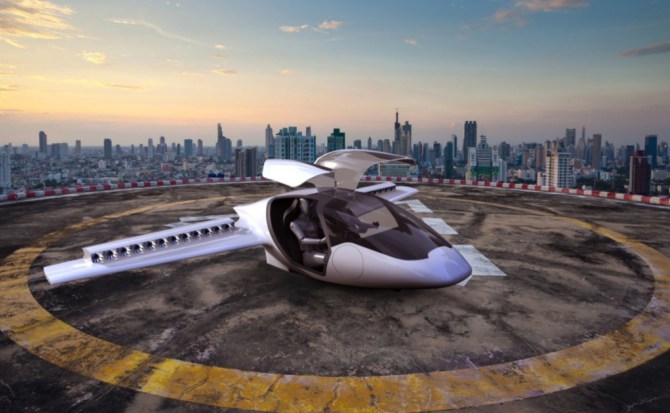Air taxi startup Lilium has staged a successful maiden flight of a five-seater prototype that it hopes to bring into service by 2025 to whisk passengers between cities without the hassle of an airport check-in.
The battery-powered aircraft, operated by remote control, took off vertically at a Munich airfield, marking a milestone for the German startup backed by investors including Atomico, Tencent, LGT and Obvious Ventures.
“In less than two years, we have been able to design, build and successfully fly an aircraft that will serve as our template for mass production,” said Lilium’s co-founder and CEO Daniel Wiegand of the May 4 test flight.
Video footage provided by the company showed the aircraft lifting off slowly and then floating in mid-air. It did not take a spin around the airfield as an earlier two-seater prototype did back in 2017.
Members of the Lilium team cheered and hugged each other as the maiden ‘hover’ went to plan. More testing and work to win airworthiness certifications from European and U.S. air safety regulators will follow.
The Lilium Jet seeks to revolutionise short-distance air travel – its batteries power 36 all-electric jet engines that face downward at take-off but then swing to power horizontal flight.
Lifting off from a standing start uses only a tenth of the energy of a traditional runway take-off, so that even with today’s battery technology it can fly up to 300 km (186 miles) in an hour, Chief Commercial Officer Remo Gerber told Reuters.
“What’s so fascinating about the aircraft is that it doesn’t depend on any ground-breaking battery innovations – it’s part of what is known today,” Gerber said.
Lilium, founded in 2015 by Wiegand and three friends from the Technical University of Munich, has raised around $100 million from investors.
It plans to own and operate its own fleet of air taxis, which will initially be flown by pilots with a commercial licence. Over the longer term, the startup hopes to develop a self-piloted version.
Lilium is betting on convenience, offering passengers a 15-minute check-in before boarding when they want at a landing site – in contrast to the hassle of getting to the airport and fitting in with airline schedules.
“The exciting part is that, for the first time in aviation, we can create a customer journey that is end-to-end,” said Gerber.






